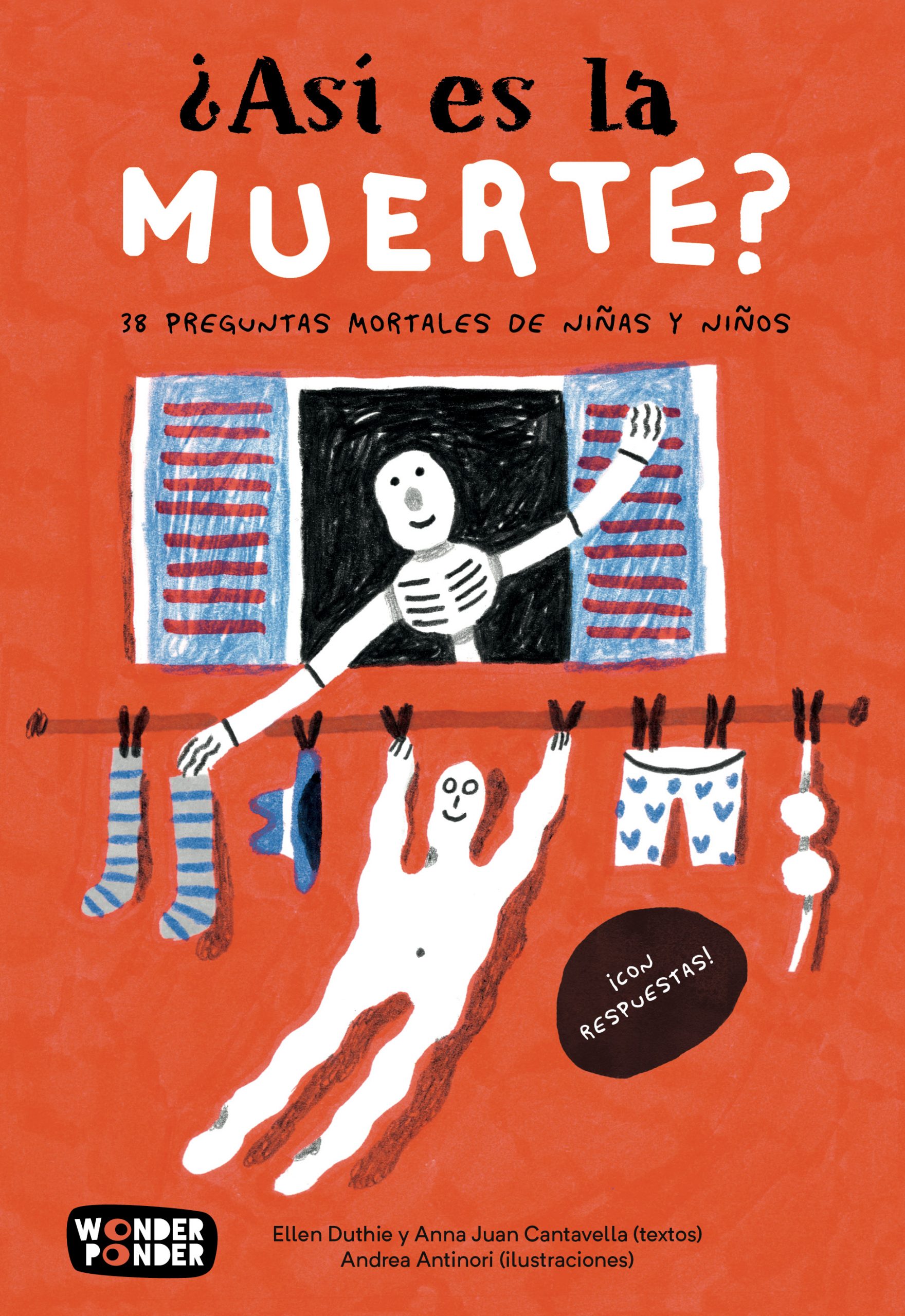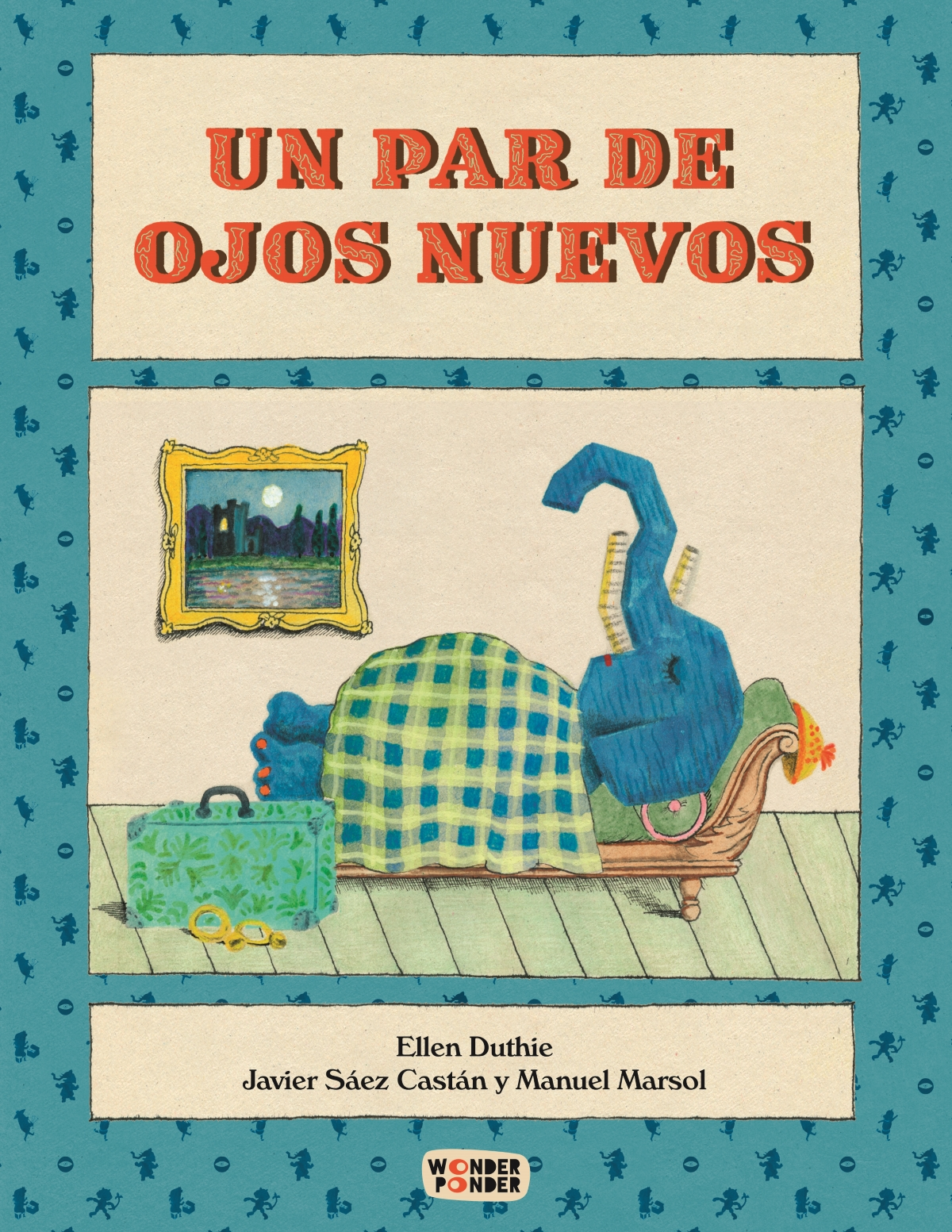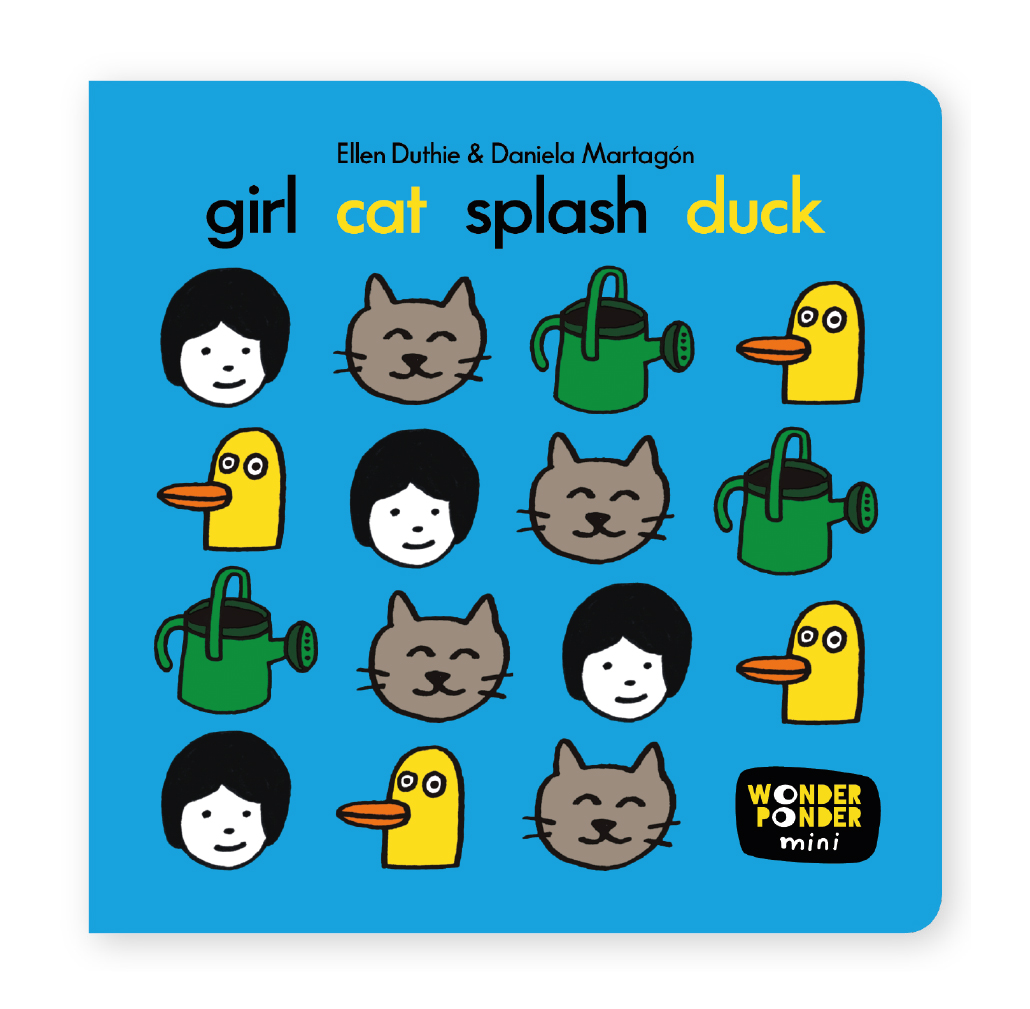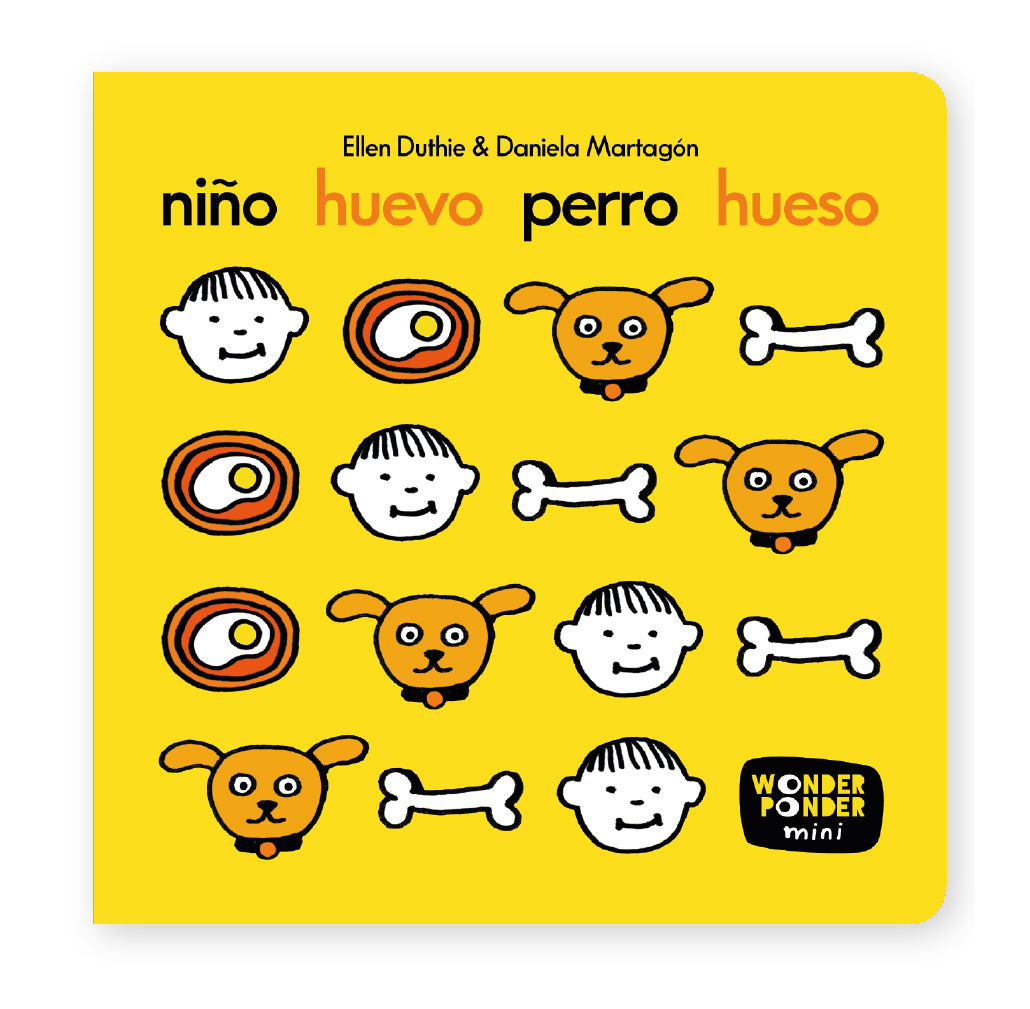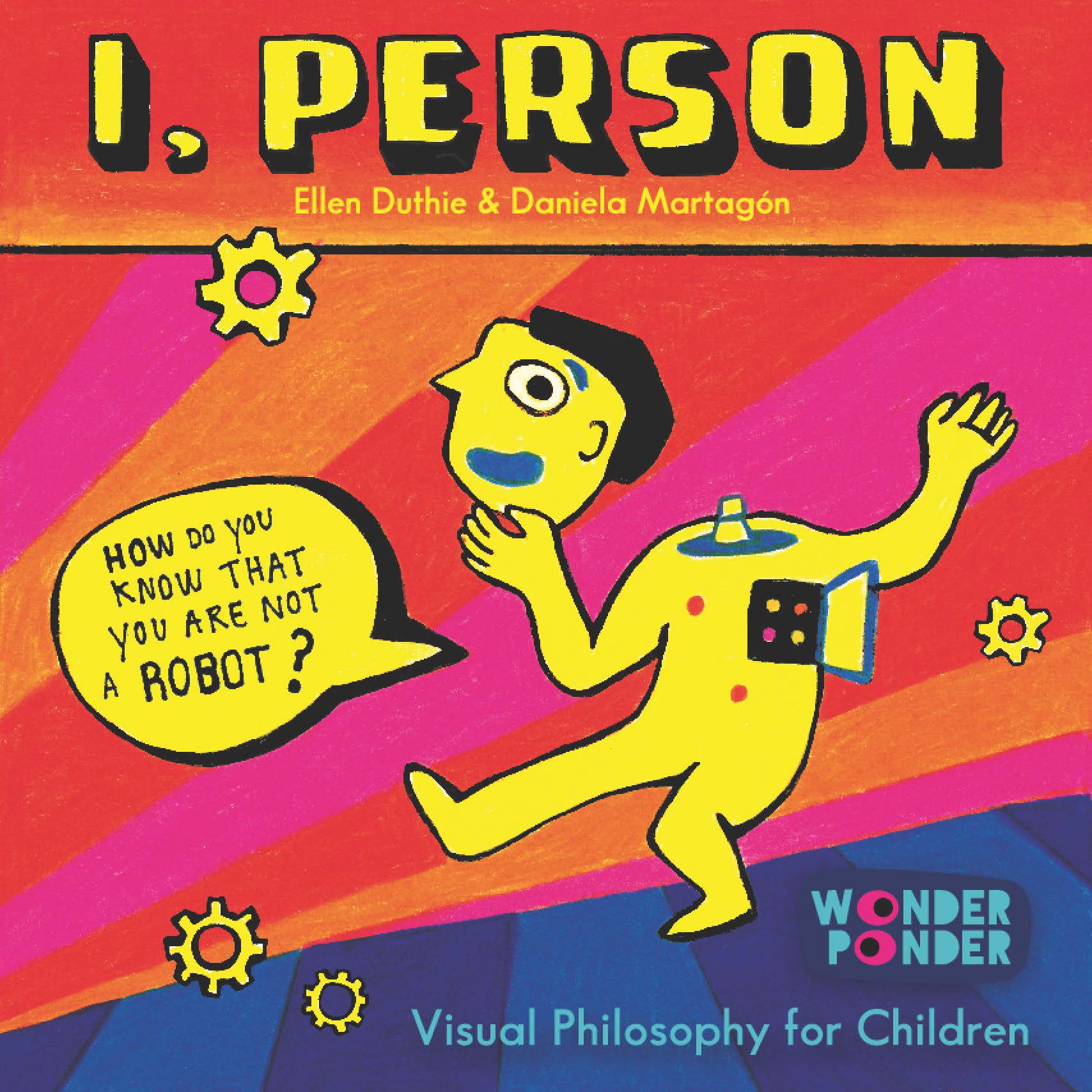
Whatever you want ( Lo que tú quieras)
Published by
Spain Traje de Lobo / Argentina Iamiqué ediciones / Italy Logos Edizioni
Who is the freest person you know? Are you free?
If you were absolutely certain that nobody would ever find out, would you misbehave?
Can we all do whatever we want at the same time?
What do you think?
Halfway between a book and a game, Whatever You Want comes in a box and invites readers aged eight and over (adults too!) to think about freedom in a way that is both serious and seriously fun.
Through the questions prompted by the scenes in the box, the reader-player can go building their own definition of freedom.
Is being free doing whatever we want? Can we all do whatever we want at the same time? What is the difference between always having to do what you are told and being a slave? Are you anyone or anything’s slave? Would being able to fly make you freer? Is it possible to be happy without being free? What is it to be free? And what do we want to be free for?
Part of the critically acclaimed Wonder Ponder, Visual Philosophy for Children series, Whatever You Want is designed for children to look at, read and think playfully about by themselves, accompanied by an adult or in a group, in educational, play or family contexts.
Topics: Freedom, Rules, Life in Society, Philosophy for Children.
Genre: Enquiry Literature, Philosophy-fiction (phi-fi).
Contents
14 illustrated scenes.
More than 100 carefully worded questions designed to spark a rich and well-oriented reflection without leading it to pre-established conclusions.
3 blank cards for readers to design their own philosophical scenes and pose their own questions.
Brief guide for children and adults.
Ideas for wonder pondering. Suggestions for use.
A-3 thematic poster.
The Wonder Ponder. Visual Philosophy for Children series
Wonder Ponder introduces readers to philosophy’s big questions in a way that is playful and appealing.
Engaging scenes and intriguing questions prompt reflection and discussion, encouraging children to develop their own thoughts and arguments and to build a visual and conceptual map of the issue addressed in each box.
The Wonder Ponder Visual Philosophy for Children series in the Media
Is feeling free the same as being free? Choices, decisions, rules, responsibility… there are many concepts that come into play and the reader is invited to explore them playfully by stepping into the shoes of all these characters. El Mundo, El Cultural supplement
Proposes a novel way of approaching the art of thinking through image, humour and curiosity aimed at children, but giving adults rather a lot to think about too. Leer Magazine
How do you explain to a kid what ethics is? Like this, with a 36-page book. Donde viven los libros
Different, in its daringness, to other works I’ve seen of philosophy for children. The visual identity is that of a cheeky, misbehaving, imaginative child. Brilliant provocativeness. Clémentine Beauvais, An Awfully Big Blog Adventure
It is like a flashlight that points to places that are always in sight but that we ignore, whether voluntarily or involuntarily. The authors shout out: “Hey! Look at this! Do you fancy having a look?”. And boy, do they manage to persuade us to look. Librojuegos
These are not regular books. First, because of the way they are presented: boxes with loose cards for readers to shuffle as they like. But especially because they do not attempt to indoctrinate or impose a message, a value or a moral, but rather to establish a dialogue with children. Yorokobu

